Dr. Ahmed's DBMS Lecture Notes: Introduction to Database Systems
VerifiedAdded on 2023/02/02
|41
|1736
|28
Lecture Notes
AI Summary
These lecture notes, presented by Dr. Ahmed Mohamed Abd-Elwahab from Helwan University's BIS Department, offer a comprehensive introduction to Database Management Systems (DBMS). The notes begin with an outline covering fundamental concepts such as introduction, basic definitions, the purpose and advantages of database systems, and their applications. The first part concludes with discussions on file processing systems and the main characteristics of database systems. The second part delves into data abstraction, explaining the different levels (physical, logical, and view), instances, and schemas. It then explores various data models, including relational, entity-relationship, object-based, and semi-structured models. The notes also touch on database design, data storage, querying, transaction management, data mining, information retrieval, and the classification of DBMS based on data models, user numbers, and distribution (centralized, distributed, homogeneous, and heterogeneous systems). The lecture notes provide a detailed overview of DBMS concepts and their practical applications.
1 out of 41

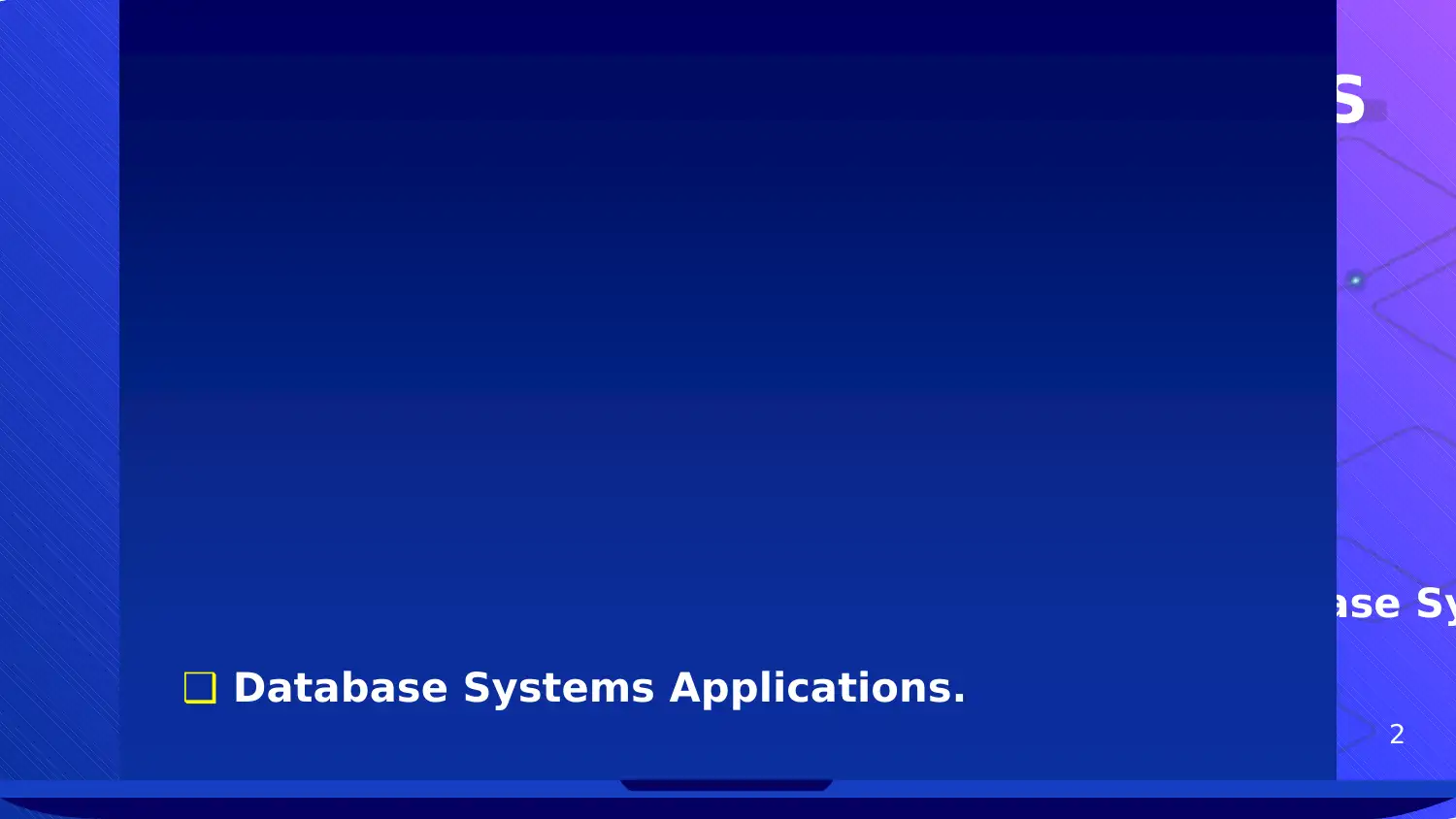
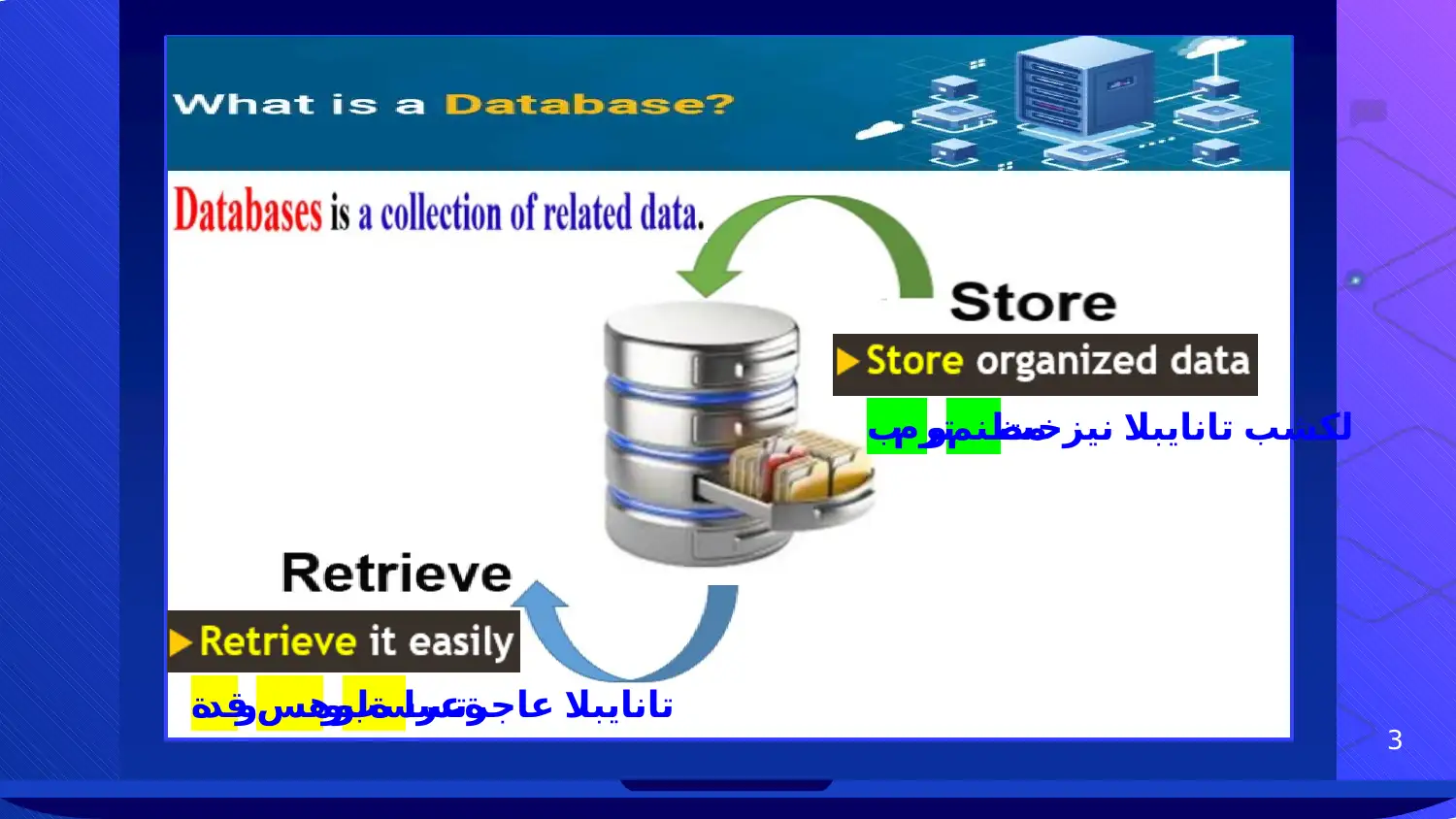

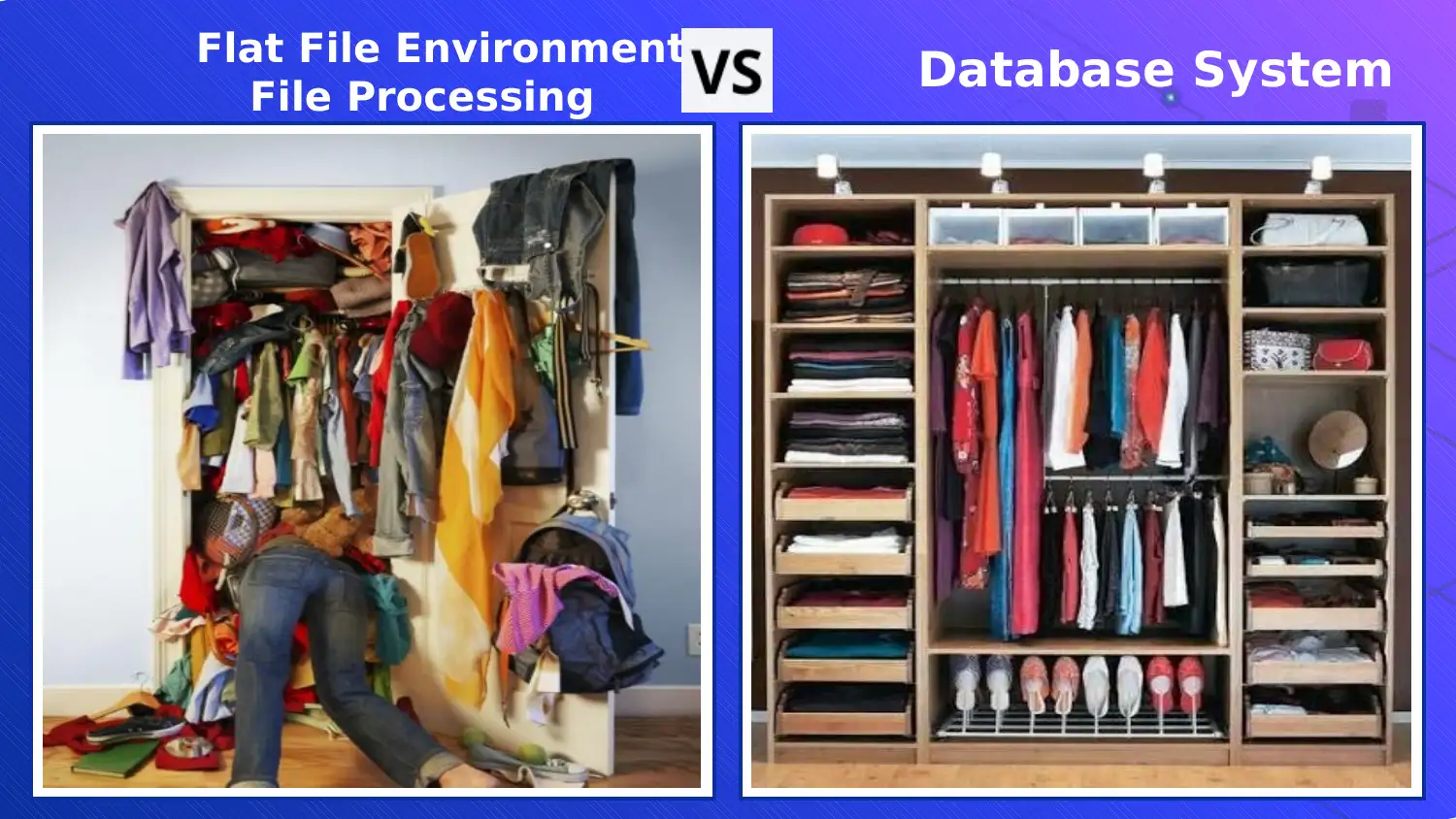
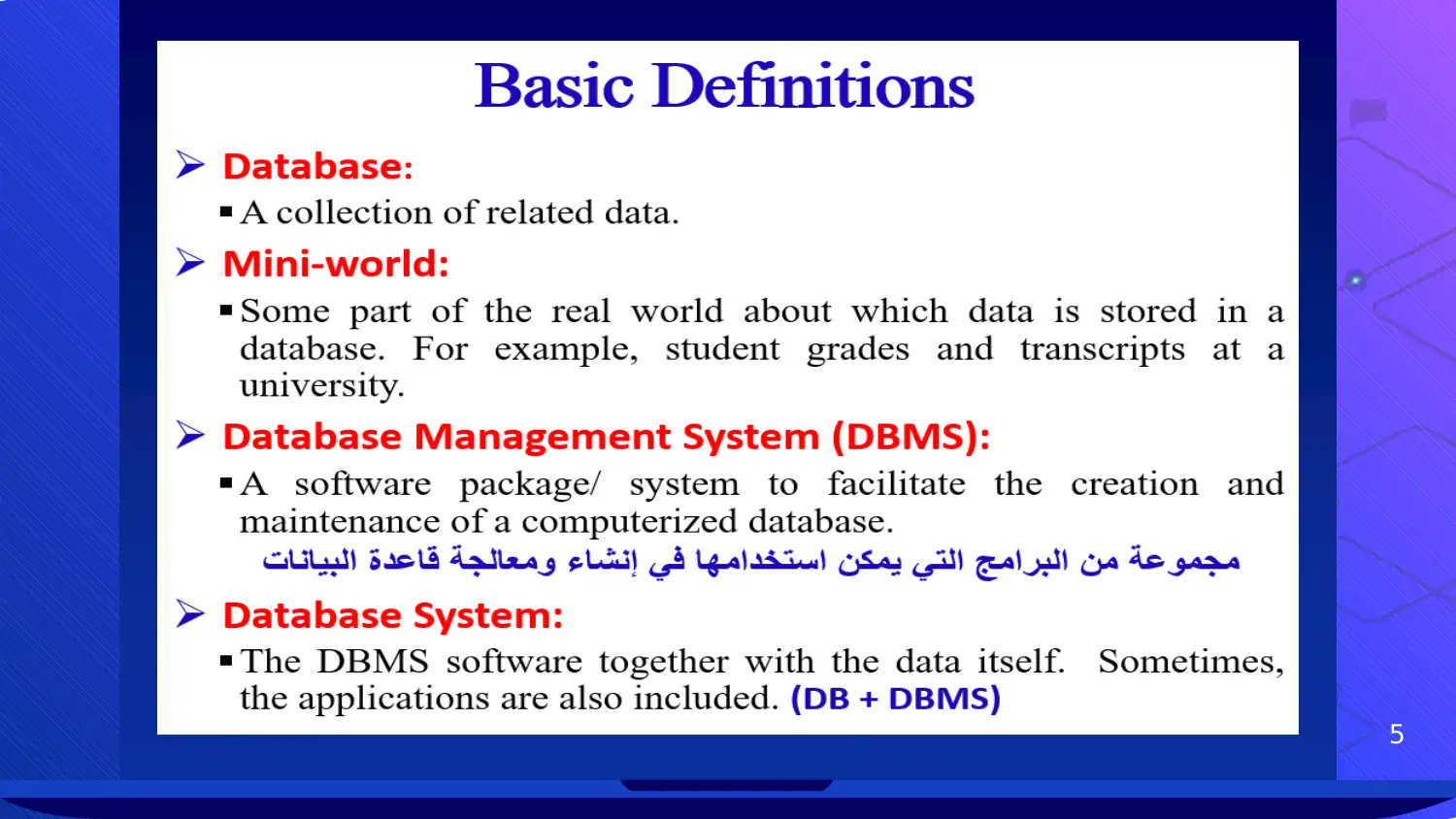
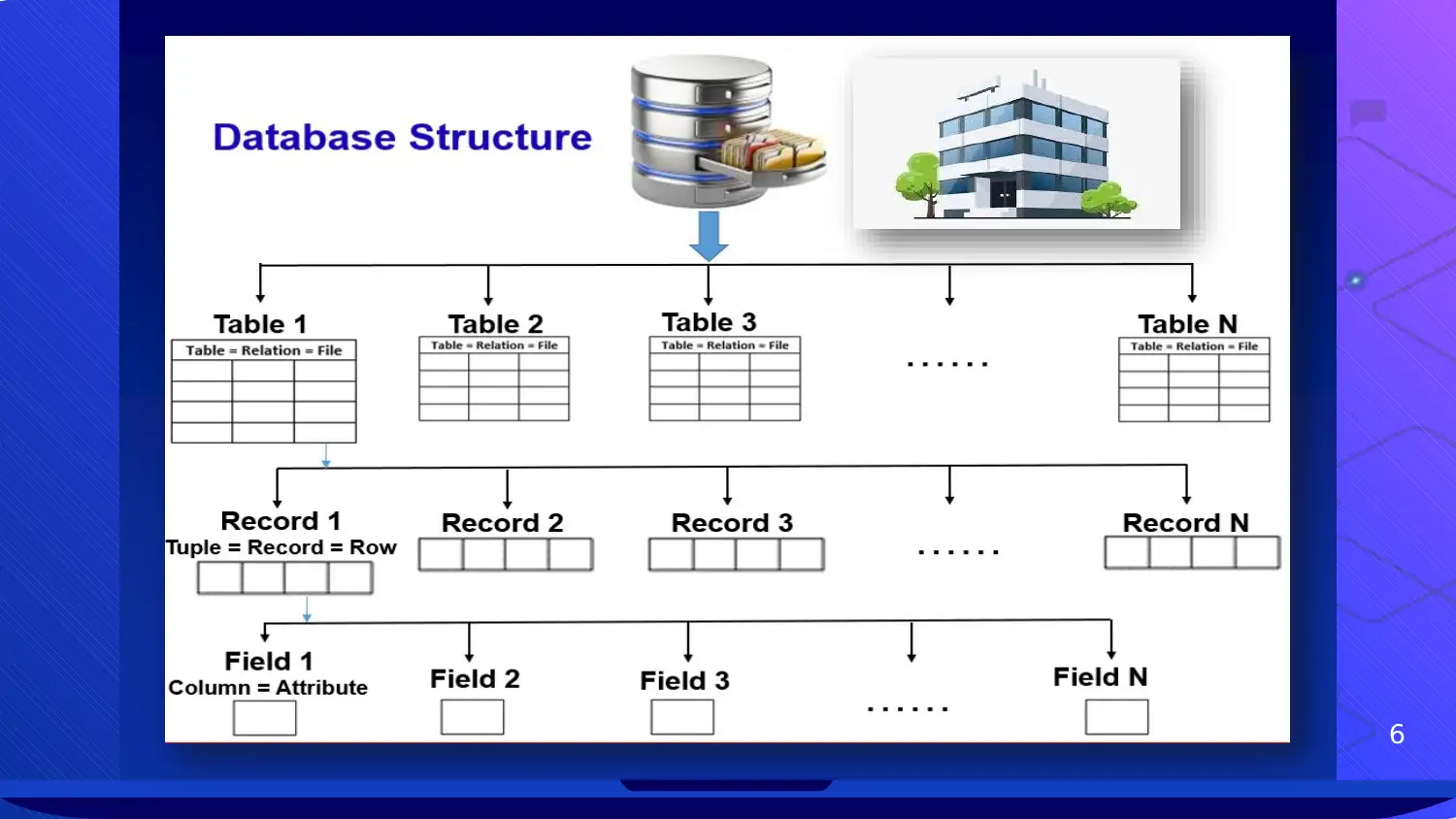
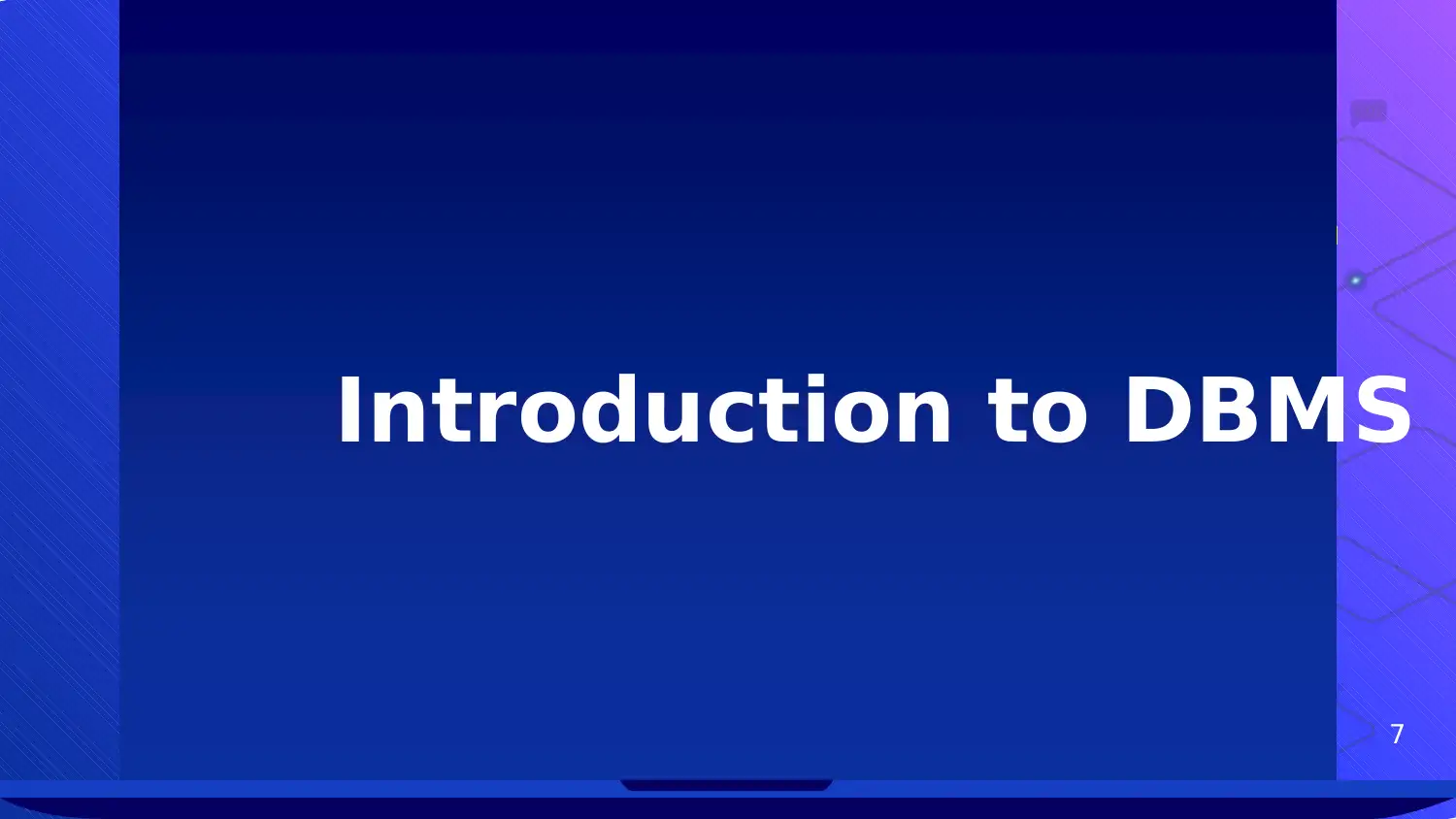
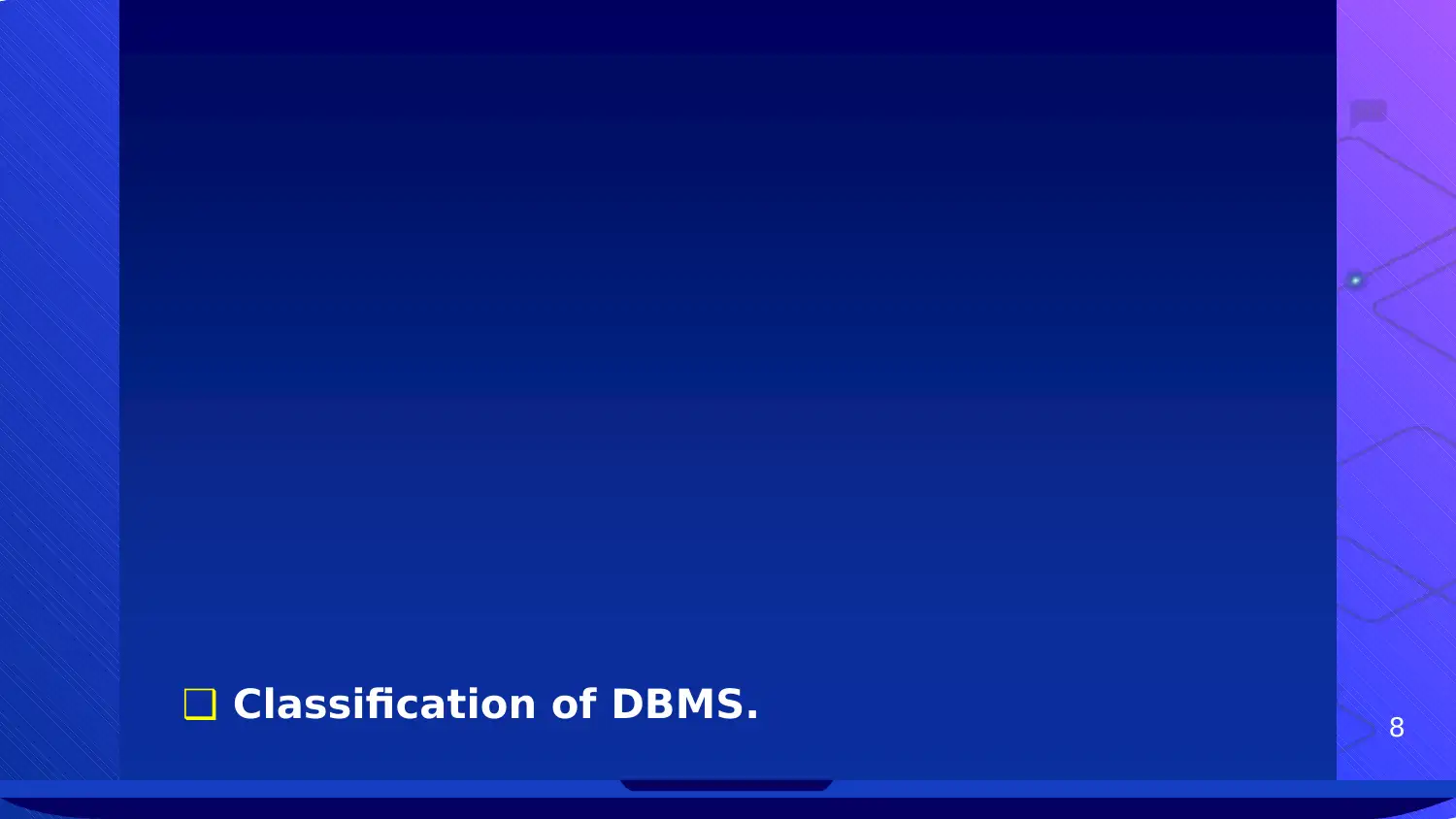
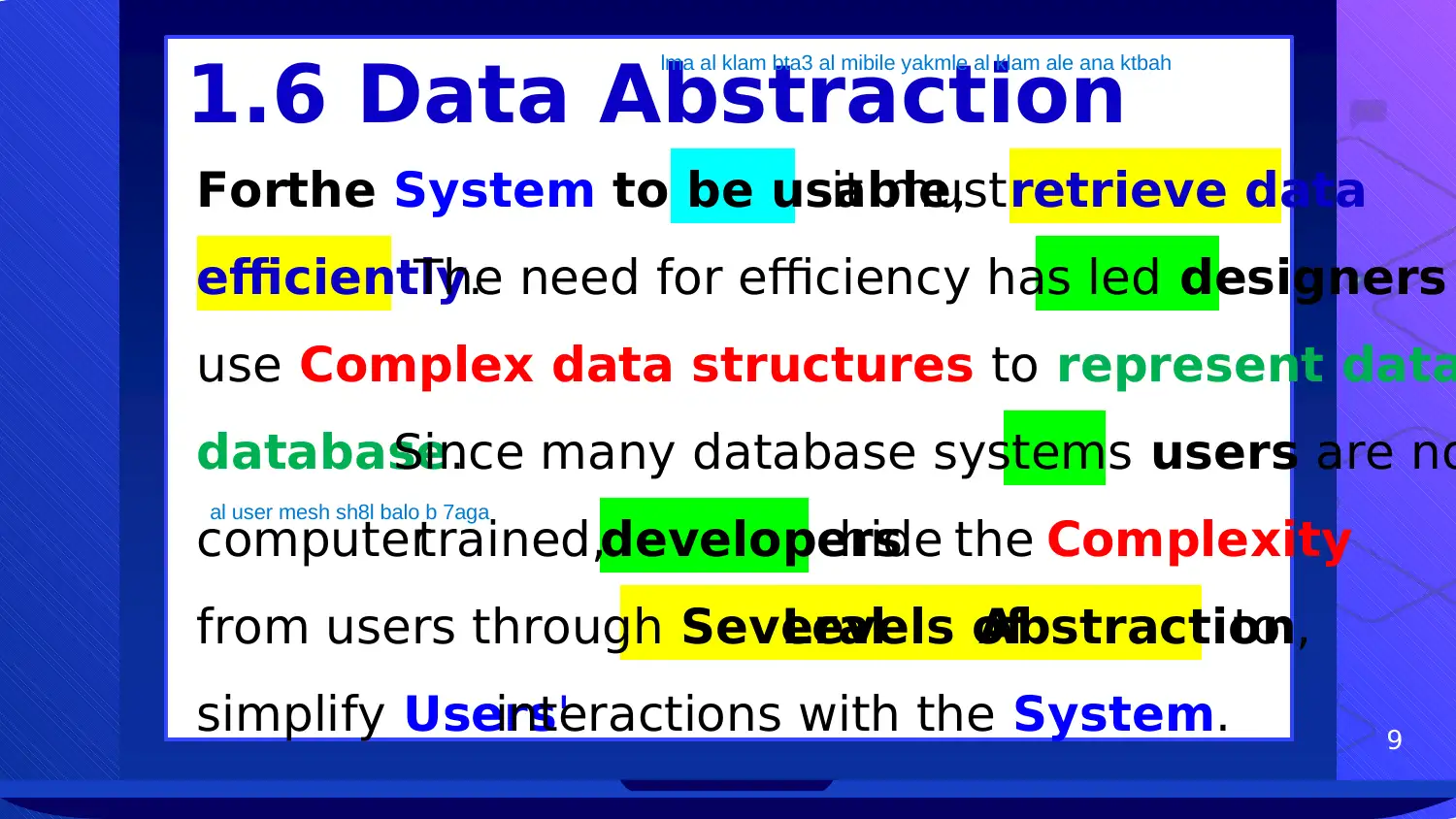
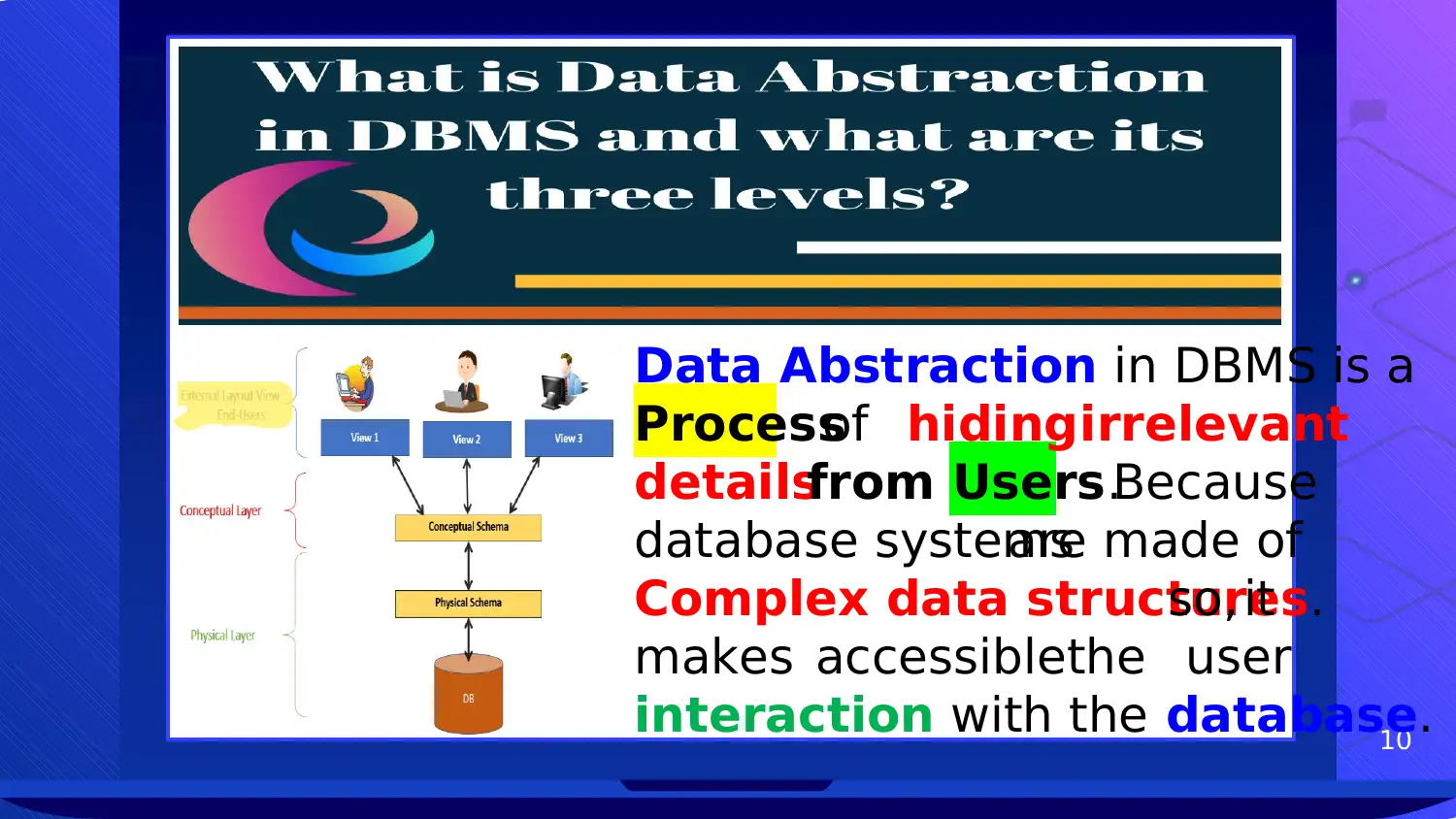
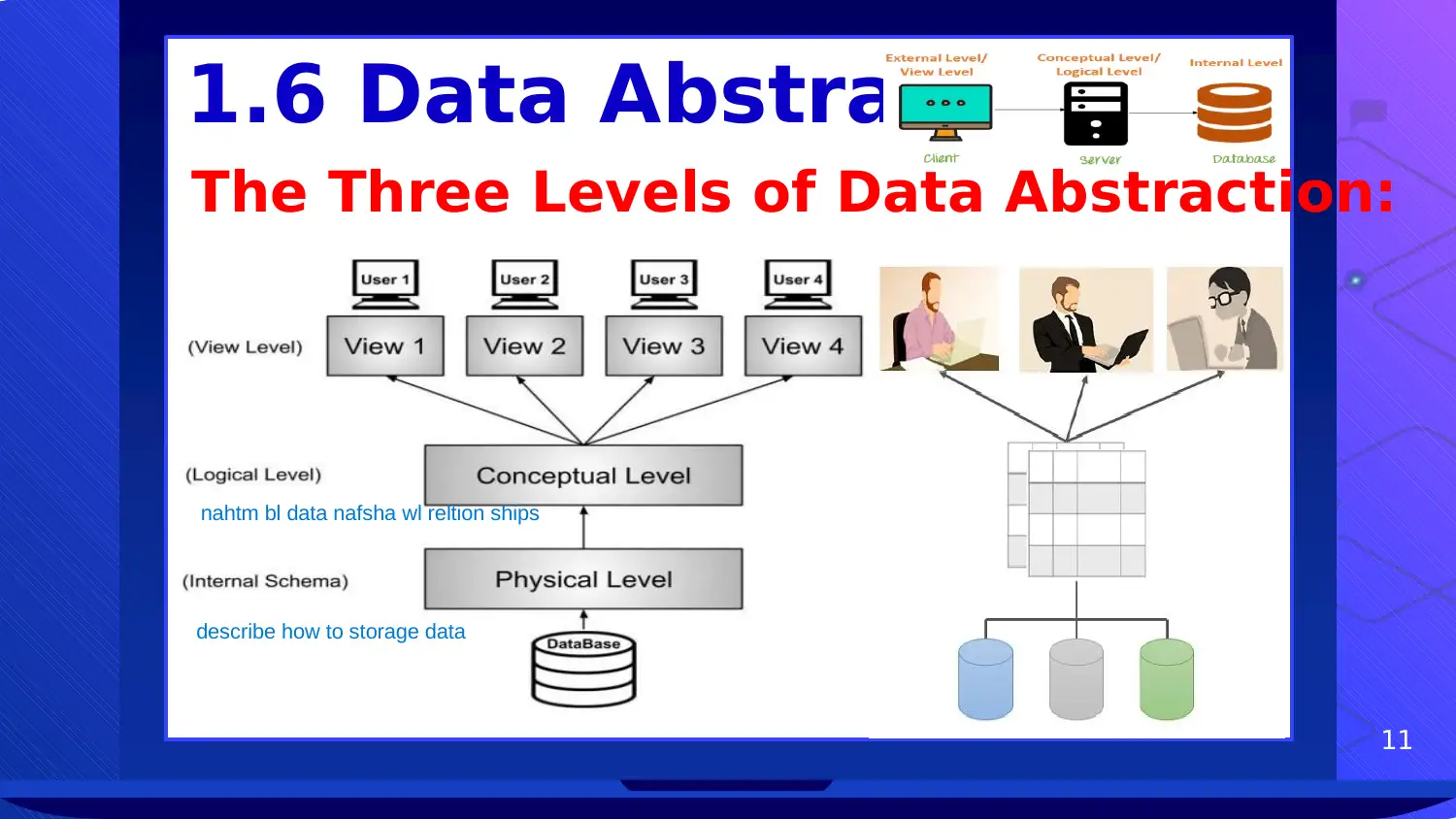
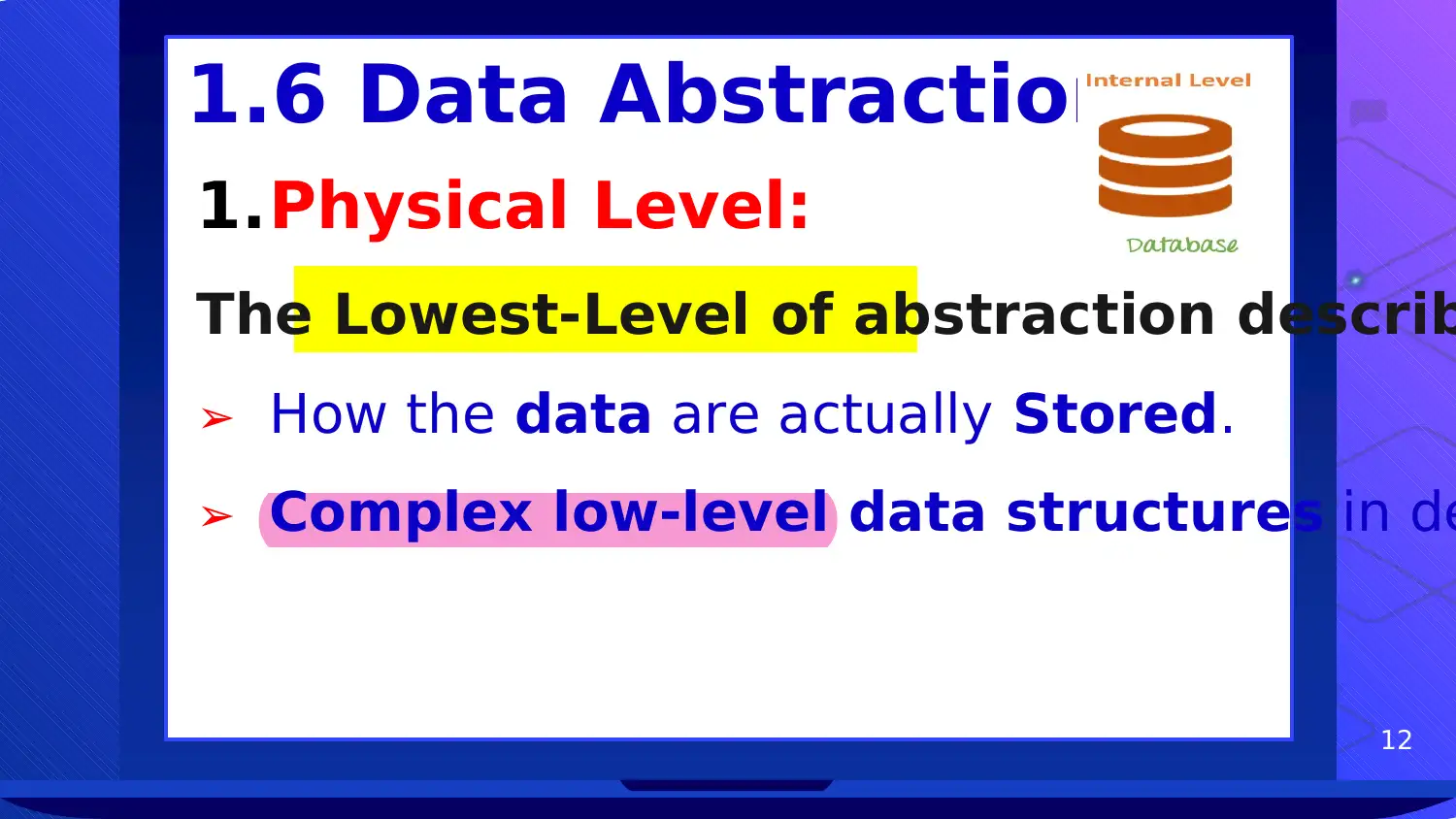





![[object Object]](/_next/static/media/star-bottom.7253800d.svg)